William Wells Brown was born in Lexington, Ky. His mother was a slave and, according to tradition, the daughter of Daniel Boone, the frontiersman. His father was the owner of the plantation on which William was born. While still a boy William was hired out to the captain of a St. Louis steamboat in the booming Mississippi River trade. After a year he was put to work in the printing office of Elijah P. Lovejoy, a well-known abolitionist.
While working again on a steamboat, Brown escaped, and by 1834 he had made his way to freedom in Canada. He became a steward aboard a ship plying the Great Lakes. In the course of his travels he was befriended by a Quaker, and he named himself after his benefactor. Brown taught himself to read and write. He also became an important link in the Underground Railroad, helping slaves escape to freedom, sometimes concealing them aboard his ship until they could be put ashore in a friendly port. In 1834 he had married a free African American woman, and they had two daughters.
In 1843 Brown was invited to lecture for the Anti-Slavery Society and soon gained renown as a public speaker. The American Peace Society chose him as their representative to the Peace Congress in Paris in 1849. The American Anti-Slavery Society provided him with letters of commendation introducing him to many distinguished Europeans, and he was soon well known in intellectual circles in Europe. Among his friends were the English statesman Richard Cobden and the French novelist Victor Hugo. Brown remained in Europe for several years. He found time to study medicine and was active in the temperance, woman’s-suffrage, and prison reform movements.
Brown’s first work, The Narrative of William W. Brown, a Fugitive Slave (1842), was a recollection of his life. He published a collection of his poems, The Anti-Slavery Harp, in 1843. His Three Years in Europe and his first novel, Clotelle, or the President’s Daughter, a melodramatic commentary on interracial love, were published in London in 1853. The following year he produced Sketches of Places and People Abroad, in which he offered impressions of Cobden, Alexis de Tocqueville, Hugo, and other European notables of the day. His play, The Escape, or a Leap for Freedom, was published in 1858.
Other works by Brown include The Black Man: His Antecedents, His Genius and His Achievements, written in support of emancipation (1863); The Negro in the American Rebellion (1866); The Rising Sun (1874); and My Southern Home (1884). He was a contributor to Frederick Douglass’s paper, the Liberator, and to the National Anti-Slavery Standard and the London Daily News. Brown died on Nov. 6, 1884, at his home in Chelsea, Mass.
Source: http://biography.yourdictionary.com/william-wells-brown
Brown, William Wells, From fugitive slave to free man: the autobiographies of William Wells Brown, New York: Mentor Books, 1993.
Brown, William Wells, The travels of William Wells Brown, including The narrative of William Wells Brown, a fugitive slave, and The American fugitive in Europe, sketches of places and people abroad, New York: M. Weiner Pub., 1991.

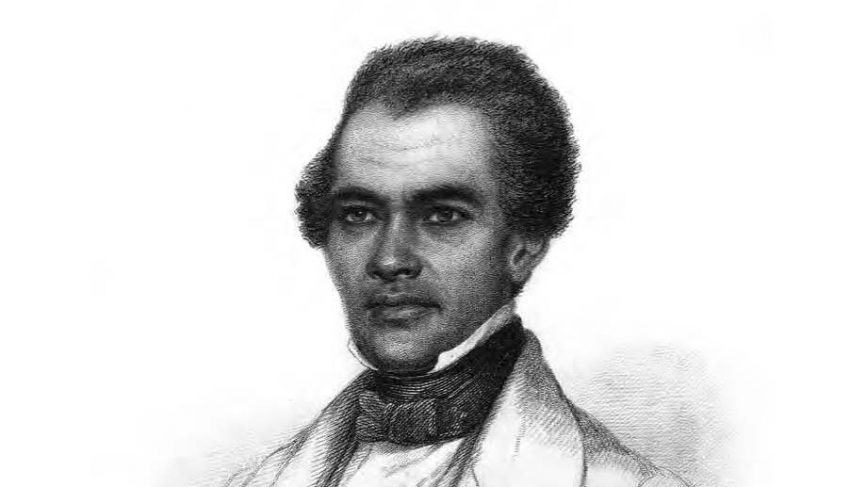




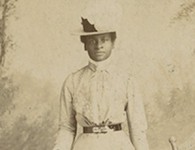

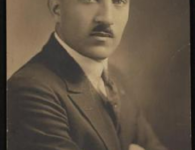
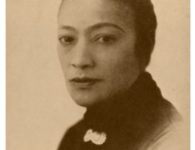
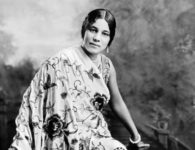

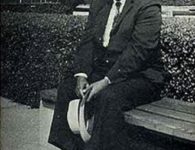


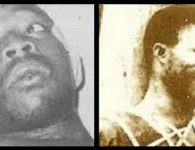

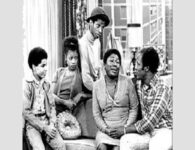
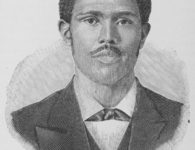

No comments